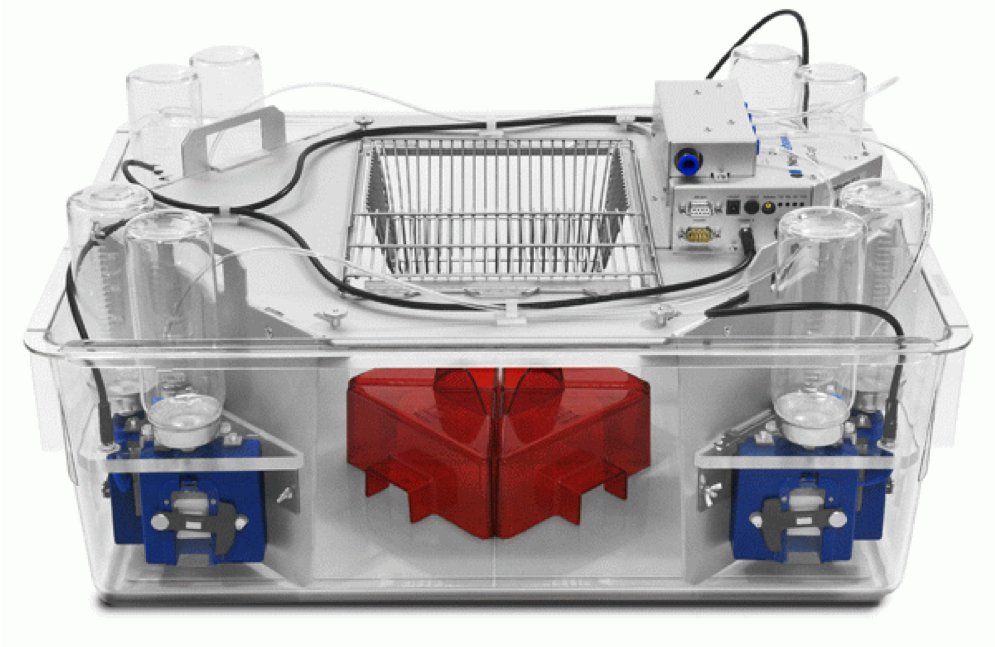

animal model of alcohol use disorder and other behavioral paradigms
In order to elucidate the molecular basis of animal behavior we use a plethora of behavioral paragims. We use traditional assays like classical fear conditioning to study the mechanisms of memory, an automated E-maze to investigate the neuronal basis of spatial choices, as well as automated IntelliCages to learn about the brain mechanisms that drive behaviours that resemble alcohol use disorder.
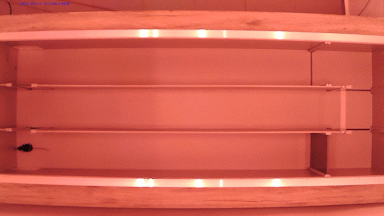
spatial choices in the automated E-maze
In oder to study the role of hippocampal synaptic plasticity in memory processes and spatial decisions (that require spatial information) we use the in-house made automated E-maze.
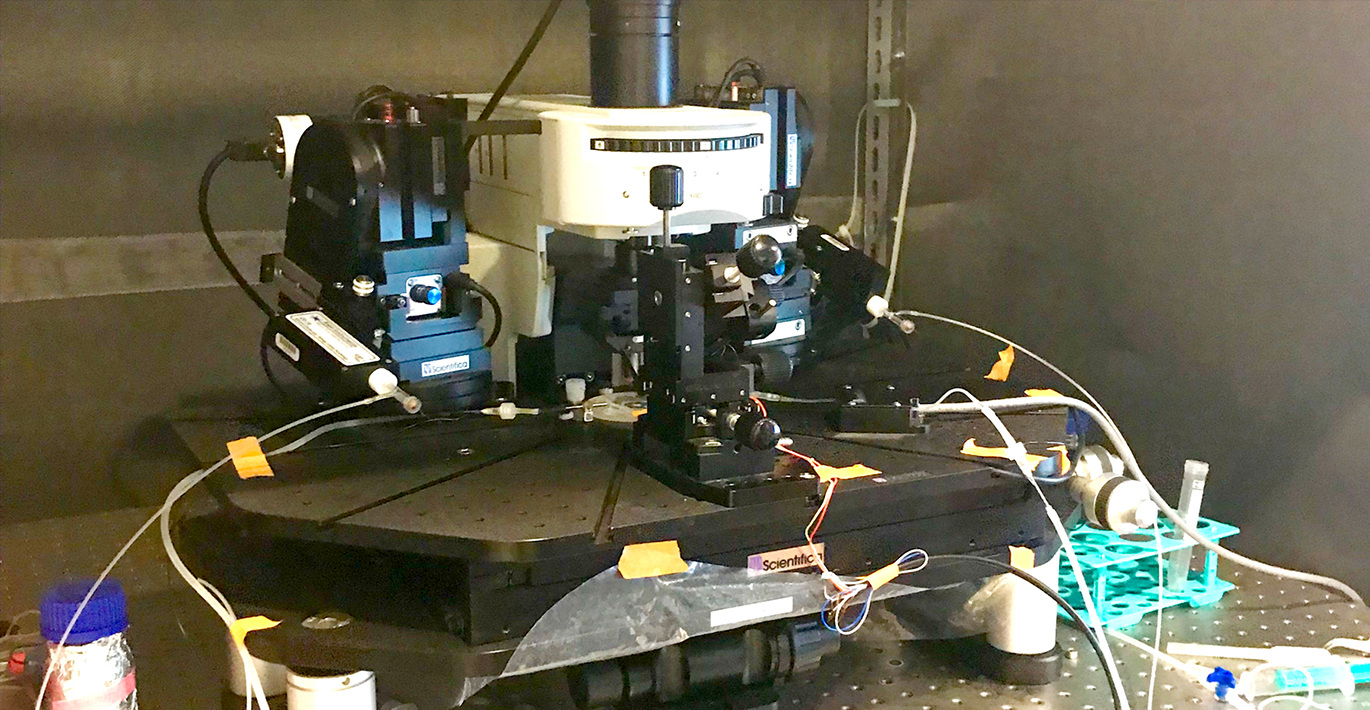
ex vivo electrophysiology
We use ex vivo electrophysiology to study the synaptic mechanisms of memory and alcohol use disorder.
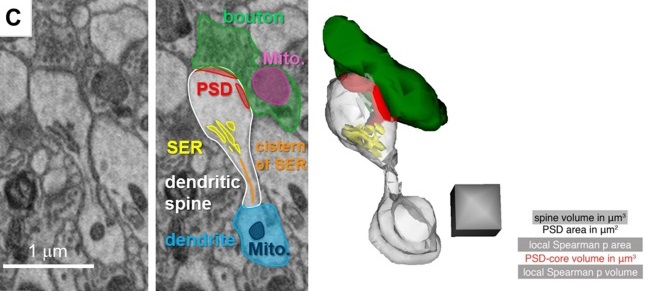
3D electron microscopy
To visualise synapses and dendritic spines with nanoscale resolution we use 3D Electron Microscopy. Nencki Institue is equiped with a Serial Block-Face Scanning EM.
<-- Serial scans (imaged with SBEM) and 3D reconstruction of a dendritic spine with PSD, SER and pre-synaptic boutton in the mouse CA1 area by Kasia Radwanska.
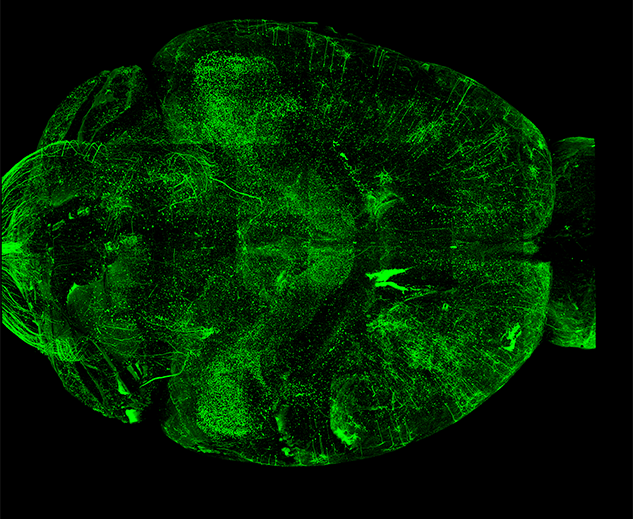
whole brain clearing/confocal & lightsheet microscopy
In order to visualise proteins at their location we use confocal microscopy as well as cutting-edge whole-brain clearing and immunostaining techniques visualised with light-sheet microscopy.
<-- iDISCO on Thy1-GFP(M) mouse brain imaged with a mezospim microscope by Monika Puchalska.
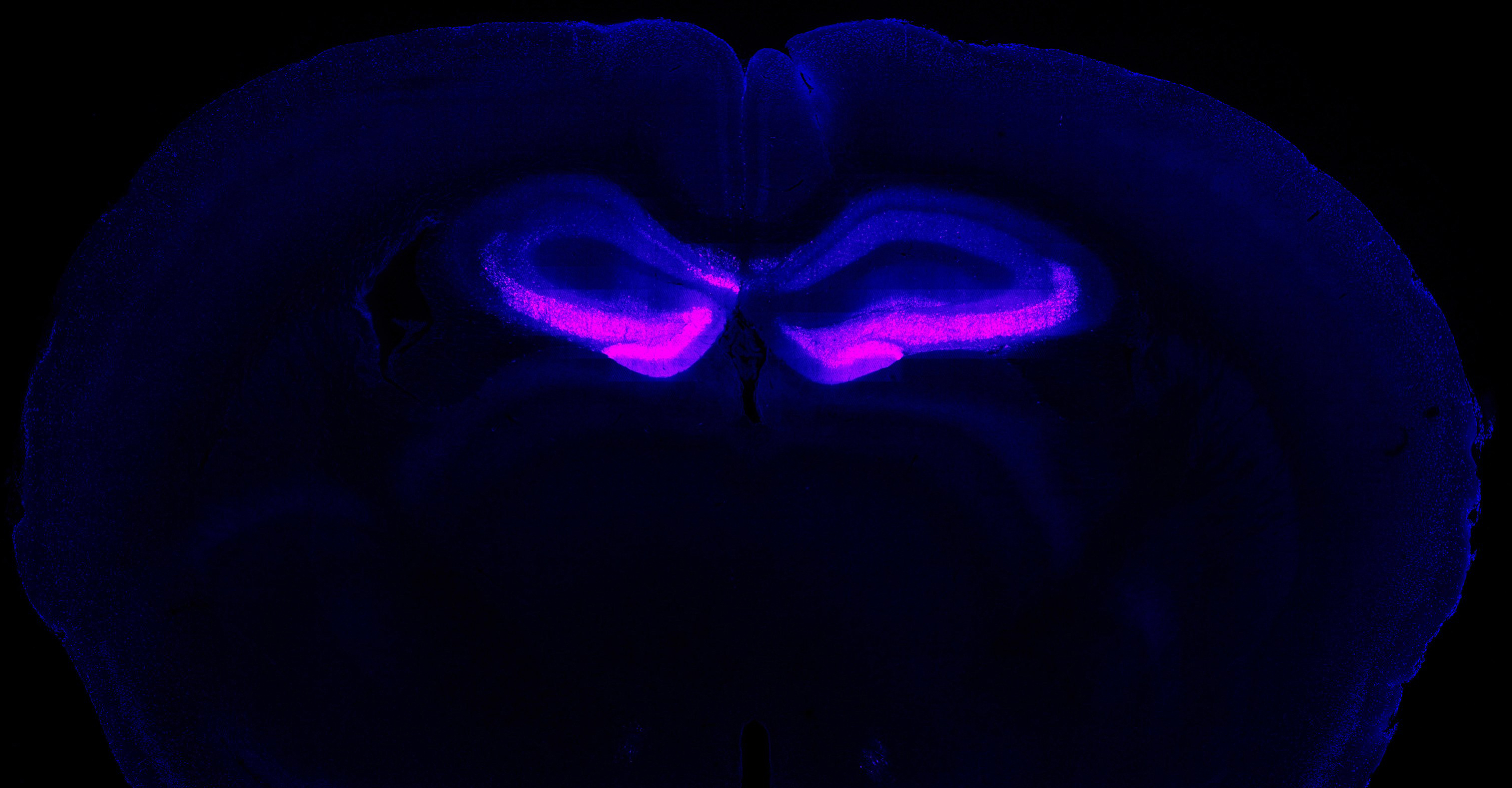 <
<local genetic manipulations
Stereotactic injection of viral vectors (AAV, rAAV, Lenti, CA) is a common technique in the lab. These vectors allow to monitor neuronal activity or manipulate local protein expression and activity.
<-- AAV1/2:CaMKII_mCherry in DG imaged with Leica sp8 by Anna Caly.